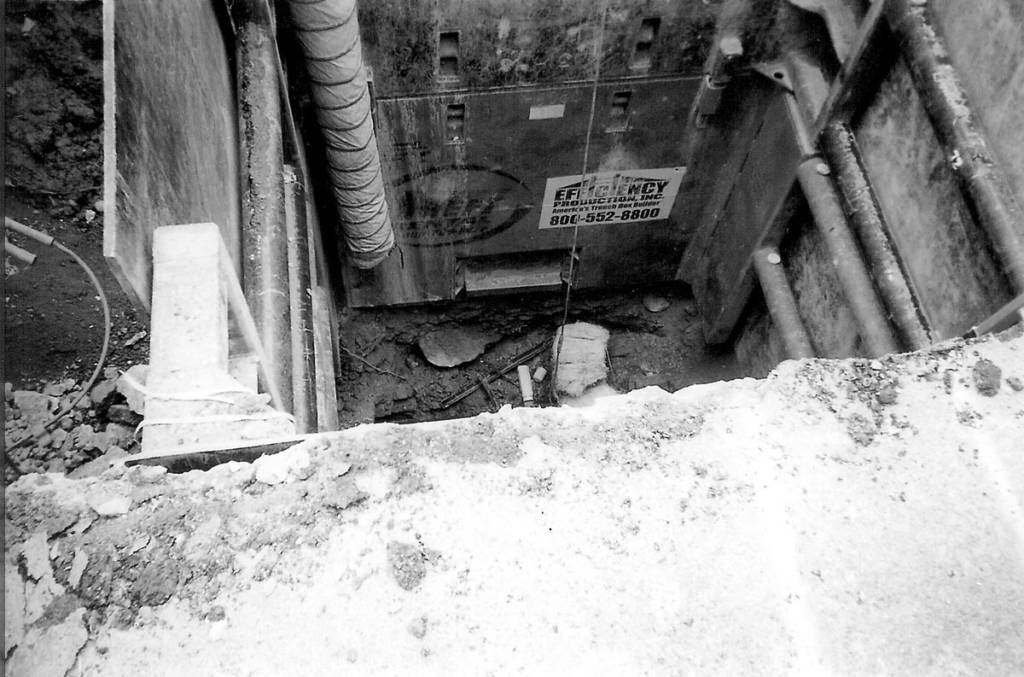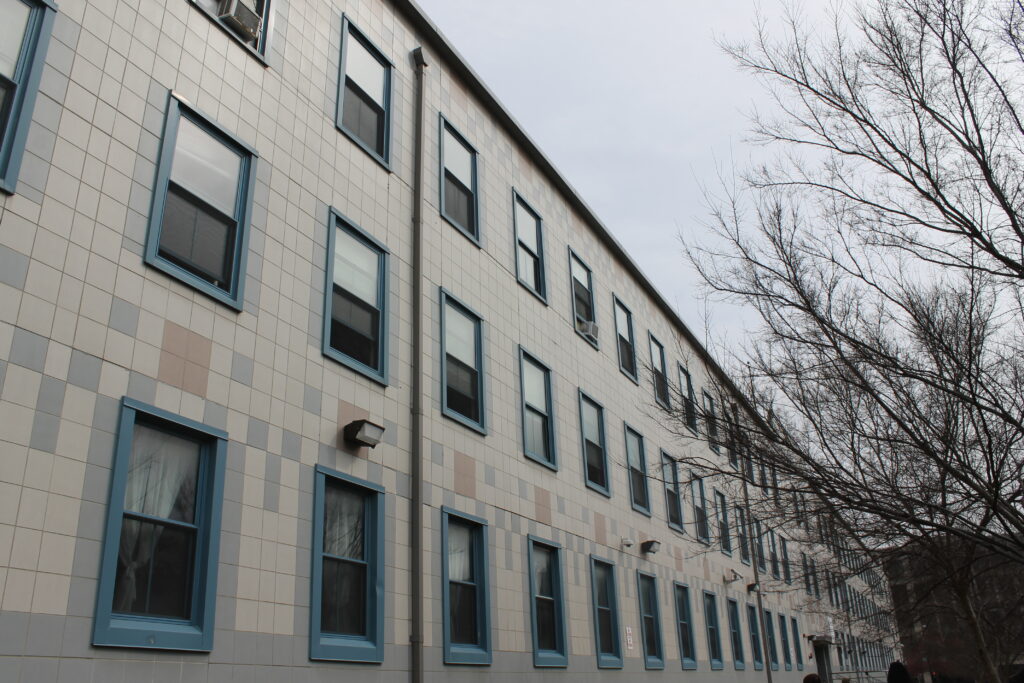Here’s an interesting fact for you: whether 1 foot or 600 feet, a sinkhole’s width and depth are usually the same. This fact could teach us something about sinkholes and how to respond to them.
The sinkhole that opened up May 21 on 14th Street NW was 15 feet deep and 15 feet wide.
It not only raised some eyebrows but some pressing concerns as well.
Traffic lanes around the intersection of 14th and F streets NW were closed for days while crews worked to fix the huge hole. Repairs could cost $2 million.
When the hole opened up, it damaged a brick sewer line constructed in the late 1800s, WTOP radio reported.
George Hawkins, general manager for the D.C. Water and Sewer Authority told the radio station that the sinkhole appeared to have been years in the making.
It could have been caused after a concrete manhole apparently crushed a pipe that was intended to carry rain runoff from a storm drain to the sewer line, utility officials said.
Anytime it rained, free-flowing water leaking from the broken pipe may have eroded the ground beneath the roadway, they said.
Whether manmade or naturally-occurring, sinkholes are depressions in the earth’s surface caused by underground soil erosion. In nature, they are most common in areas of karst terrain.
In these areas, the rocks beneath the surface are highly soluble and very vulnerable to any form of precipitation or flow of water from underground drainage from disappearing streams, springs, fractures.
The unfortunate sinkhole on 14th St NW had the potential of being life threatening, and yet God spared us from any life being lost or any damage taking place except for the large hole itself in the middle of the street in an area normally bustling with life.
Let’s not forget our second lifesaver is prevention. We are being given a second chance to get it right. The United States Geological Survey has requested the creation of a detailed and accurate mapping system to better determine the distribution of areas of soluble rock in the United States. By starting today in properly identifying and mapping areas in the United States that are currently susceptible in developing into sinkholes, we have an opportunity in determining and preventing these developments. This will also teach neighboring nations how to respond. I believe the unforeseen has more impact than the foreseen, in preparing us how to respond in the future. It’s not complicated it just takes dedication. We American’s are very familiar
Unfortunate Events Should Be Our Greatest Teachers

Cynthia Mewborne
Issues |Weather
Region |Northwest|Washington DC
email updates
We believe ending homelessness begins with listening to the stories of those who have experienced it.
Subscribe





